Table of Contents
- Report Template Bundle
- 4+ Variance Analysis Report Templates in PDF
- 1. Variance Analysis Report Template
- 2. Patient Variance Analysis Report Template
- 3. Quarterly Variance Analysis Report Template
- 4. Simple Quarterly Variance Analysis Report
- 5. Analysis of Variance Reporting Template
- What Is a Variance Analysis Report?
- How to Create a Variance Analysis Report
- What are the kinds of variances?
- Is there a drawback in doing a variance analysis?
- When was the first use of a variance analysis?
4+ Variance Analysis Report Templates in PDF
Sometimes, the projected total cost of doing a project, buying assets, or availing a service, isn’t always accurate. Various circumstances can cause that to happen, and they’re unavoidable. In that case, a planned master budget to do certain transactions might be insufficient or more than sufficient. By more than sufficient, meaning the budget is unexpectedly too much. For those reasons, an individual or an organization that spends large amounts of money for something must do a variance analysis report. If you’re not familiar with it, we got your covered. Here, we’ll show you five variance analysis report templates. And, we’ll discuss with your what a variance analysis is all about.

Report Template Bundle
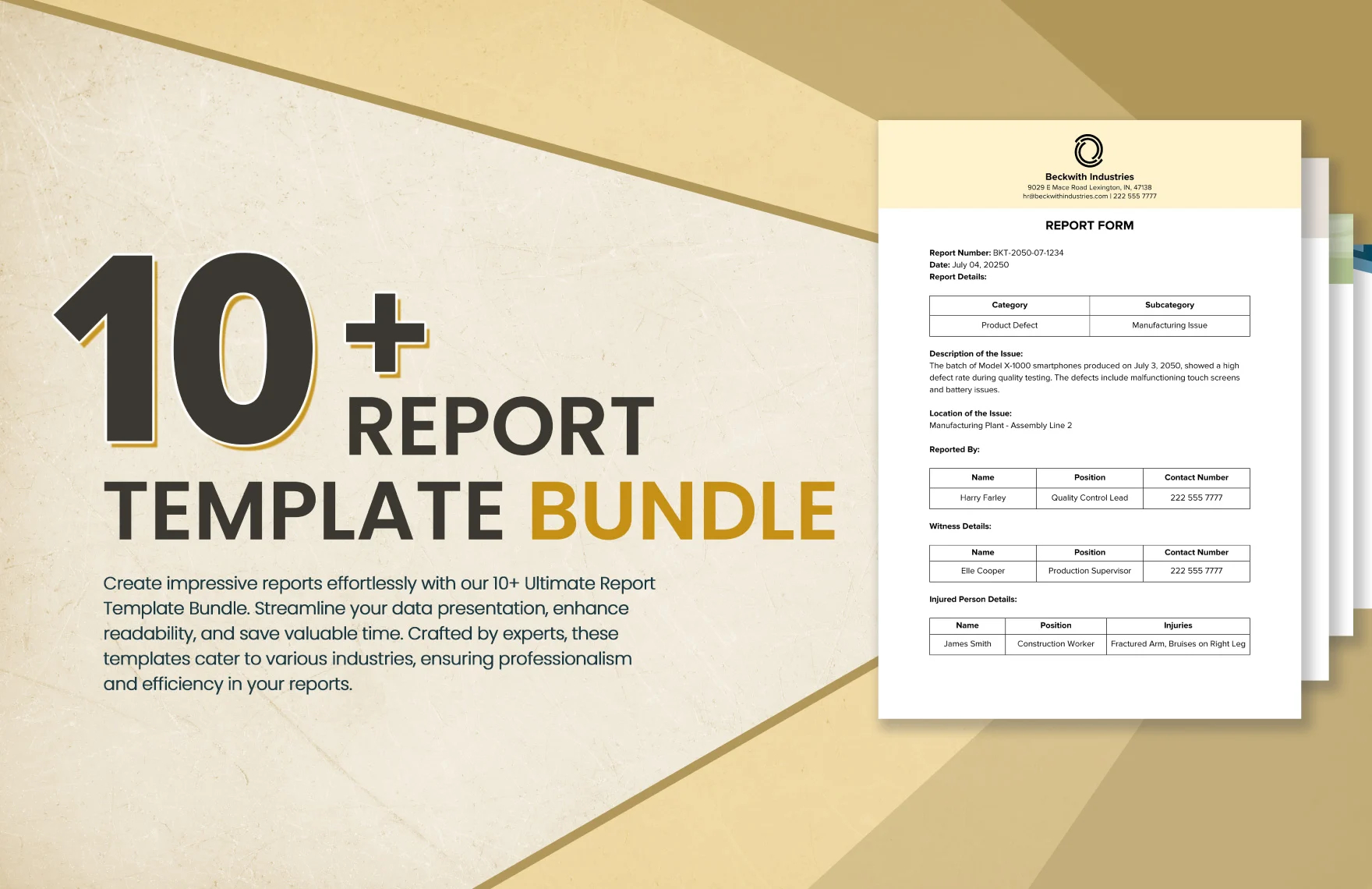
4+ Variance Analysis Report Templates in PDF
1. Variance Analysis Report Template
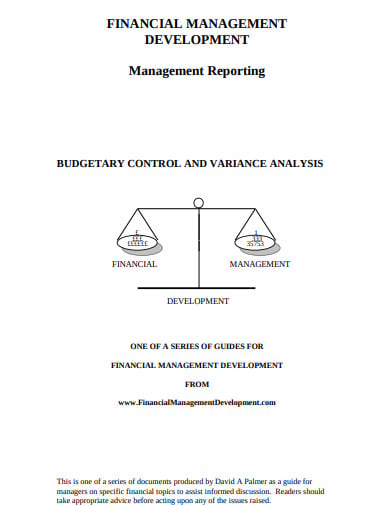 financialmanagementdevelopment.com
financialmanagementdevelopment.com2. Patient Variance Analysis Report Template
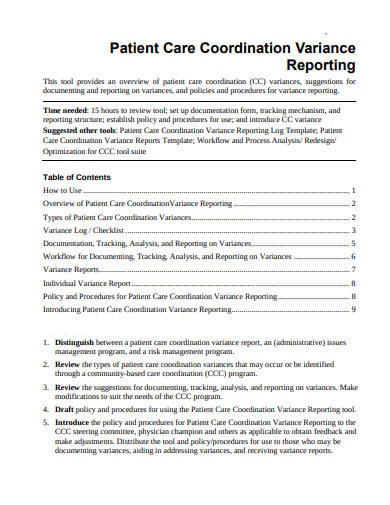 stratishealth.org
stratishealth.org3. Quarterly Variance Analysis Report Template
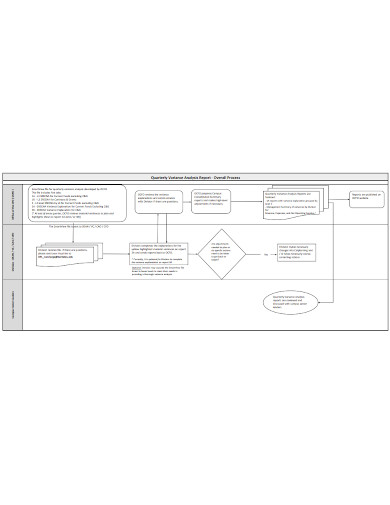 cfo.berkeley.edu
cfo.berkeley.edu4. Simple Quarterly Variance Analysis Report
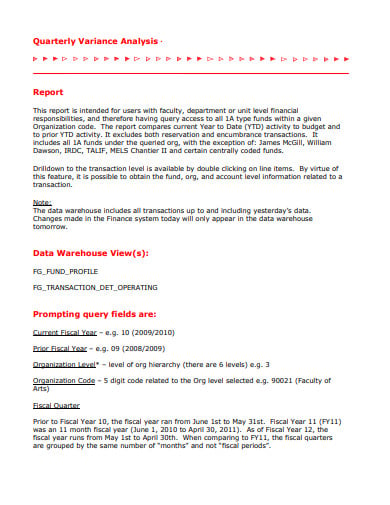 mcgill.ca
mcgill.ca5. Analysis of Variance Reporting Template
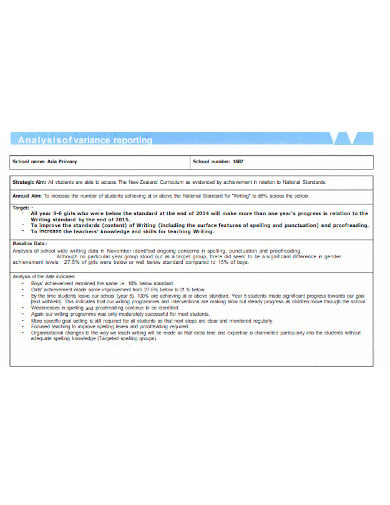 education.govt.nz
education.govt.nzWhat Is a Variance Analysis Report?
A variance analysis report is a formal document that outlines the difference between the projected financial outcome and the real financial outcome. To simply put it, it compares what was expected to occur with what actually occurred. That’s why it’s called a variation analysis. It varies the two outcomes and showcases their variation.
Because a variance analysis is a comparison of financial records, you can consider it as an accounting process. In fact, certified accountants occasionally perform variance analysis when they’re required to do so. In running a business, conducting a variance analysis is a vital financial management practice. Business owners typically want to know if their budget fell short or exceeded their operating expenses or opex. And the personnel they assign for that task is none other than their accounting team. A variance analysis enables them to calculate or estimate potential profit or loss.
A variance analysis might sound like a simple process to do, but it’s actually a lot of work. However, it doesn’t mean it’s difficult to do. You can even do a variance analysis in monitoring your personal finances. By doing it, you can keep track of where your weekly or monthly budget went.
How to Create a Variance Analysis Report
If you want to try doing a variance analysis report, regardless if it’s for personal or professional purposes, we can show you the basic steps. There’s no exact format or structure in formulating this type of document. What’s important is that it should clearly outline the difference between the two variables. So, without further ado, here are four basic steps in creating a variance analysis report.
Step 1: Collect Relevant Documents and Records
An accounting process, such as a variance analysis reporting, is impossible to do without referring to relevant documents and records. With that in mind, you have to collect them before you start. These documents and records are receipts, invoices, quotations, bills, budget plans, and many more. If it’s for business, what you need to collect are balance sheets, ledgers, payroll records, income statements, etc.
All of those mentioned are supporting components to help you in calculating variance accurately. If you miss even a single document or record, automatically, your variance analysis report will be inaccurate. See to it that that doesn’t happen. Though, in the first place, you should make it a habit to archive financial documents and records.
Step 2: Organize and Then Compare
After gathering all docs and records, you have to organize them. Differentiate those that present the projected outcome from those that present the actual outcome. But in most cases, it’s only the budget plans that you need to separate. They’re likely the only docs that show the projected outcomes. The rest, such as bills, receipts, invoices, and income statements, are data showcasing the actual outcomes.
Once everything is organized, you can start comparing them. That’s when you’ll be doing the variance analysis itself. The only skills you need are your observation skills and math skills. Speaking of math skills, you’ll mostly be doing basic addition and subtraction. What makes a variance analysis challenging is the number of data you must check one by one. Sometimes, there’s just too many of them, which makes a slip up probable. So, you need to doublecheck every time.
Step 3: Determine the Root Causes of the Variation
In this step, you have to identify what caused the variation and why it happened. The likely culprits would be improper budget management and excessive purchasing. But, they’re plenty of other factors aside from those two.
After determining the root causes, explain them descriptively in the report sheet. You should do that for formality purposes. However, if you’re doing a variance analysis for personal reasons, there’s no need to do that. But it’s best if you would for better clarity.
Step 4: Devise a Mitigation Plan
Lastly, you must devise a mitigation plan. A mitigation plan is your corrective action to avoid repeating variations in the future. It’s especially important if your expenses exceeded your budget. You can emphasize your mitigation plan as the closing remarks of your variance analysis report. Other than a mitigation plan, a contingency plan would also work.
What are the kinds of variances?
These are the different kinds of variances that you might encounter:
- Sales variances
- Direct material variances
- Variable production overhead variances
- Variable cost variances
- Direct labor variances
- Fixed production overhead variances
Is there a drawback in doing a variance analysis?
The major drawback of doing a variance analysis is that it takes time. Due to that, you might not be able to mitigate a variance’s adverse effects immediately. That said, it’s advisable to use accounting tools or software for better efficiency.
When was the first use of a variance analysis?
According to Brandon Pfaff, CPA from GoSKills.com, the first recorded use of a variance analysis report was in ancient Egypt. It sounds surprising, indeed. But if you check the history of ancient Egypt, you’ll see that their methods were relatively advanced. So, ancient Egyptians doing variance analysis shouldn’t surprise us too much.
Now that you know the basics of variance analysis, try to apply it soon. Do it routinely to manage your finances efficiently. If there are things you must clarify, you can always come back here.






